Remember linoleum? Meet marmoleum!
Remember linoleum, that durable but boring material found on most kitchen and bathroom floors of older homes? These days, its called marmoleum and it comes in bright colors and faux finishes. Whatever name you call it, it’s generally considered both the greenest and healthiest floor covering in the world.
Today’s marmoleum is made from a manufacturing process little changed since the invention of linoleum in 1860 in England. The material quickly caught on as an ideal floor covering, especially for kitchens and bathrooms, because it is water-resistant and easy to clean. It’s even used on kitchen countertops. But linoleum manufacturers didn’t update their designs for changing tastes, and vinyl flooring made from PVC became more popular in the 1960s and early 1970s. For those who are uncertain about why vinyl is never a good choice read here, unless of course you've got a turn table.
No longer drab in colour, marmoleum is fairly easy to install, requires no toxic adhesives, and comes in rolls, planks, and tiles. Because the color penetrates throughout the material, colors remain bright and don’t fade.
Marmoleum is the flooring of choice for many green consumers because it’s made from materials that are natural and renewable. The main ingredient is linseed oil, which gives linoleum its name.
Linseed oil comes from flax seeds, an easily cultivated plant also used to make linen. Other ingredients include natural pigments, pine rosin, and wood flour, often made from sustainably harvested pine trees.
This mix is heated and run through rollers that press the flooring into a sheet and onto a fabric backing (usually jute), then hung to cure. No toxins are used or produced during the manufacturing, and no off-gassing occurs in homes after installation.
Besides using green ingredients, marmoleum is extremely healthy. It has unique antibacterial properties because the ongoing oxidation of the linseed oil naturally inhibits the growth of harmful micro-organisms, making it the flooring choice of many hospitals and health care facilities.
Also, marmoleum possesses naturally occurring anti-static properties. Because static electricity does not build up, the floor repels dust, an important factor in our climate. As a result, household dust mites don’t accumulate, making marmoleum ideal for people with allergies, asthma and other respiratory problems. This makes the floor easier to clean because dust and dirt don’t easily stick to the floor.
Marmoleum gets tougher and more durable over time because the linseed oil continues to cure and harden. Yet it remains quiet and comfortable under foot, and most people claim they can walk on it without their feet feeling cold. It can even be used with under-floor heating.
The continuing oxidation and hardening of the surface causes a temporary yellowish color called ambering. But a few hours of exposure to light makes the ambering disappear. Finishes can be applied before or after the ambering disappears.
While floors made from the renewable woods cork and bamboo remain popular, it can be difficult to determine whether the wood is sustainably harvested. Also, some manufactures use adhesives containing chemical solvents to hold the layers of wood together. As a result, many people are turning to marmoleum.
Marmoleum has no adverse health issues during production, use, or disposal. Its long service life reduces the need to dispose of it and buy replacement flooring. Many natural flooring stores carry marmoleum because it truly is the “natural” choice.
 |
|
|
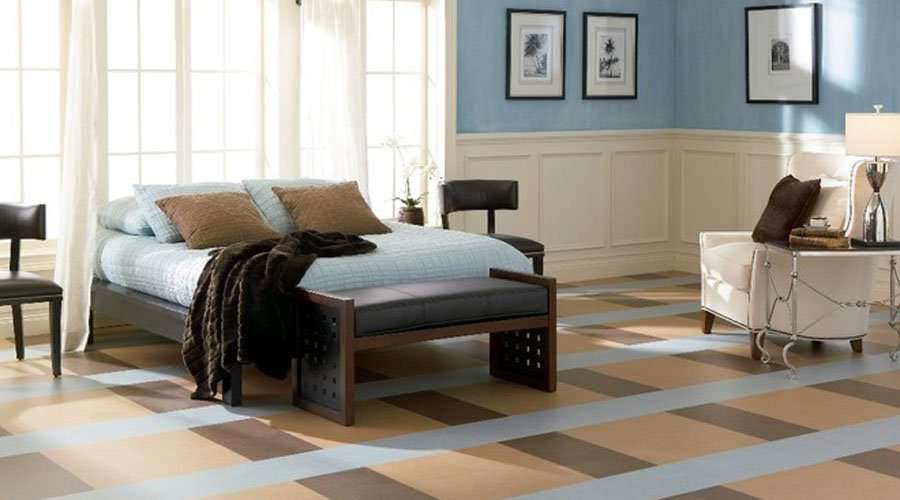















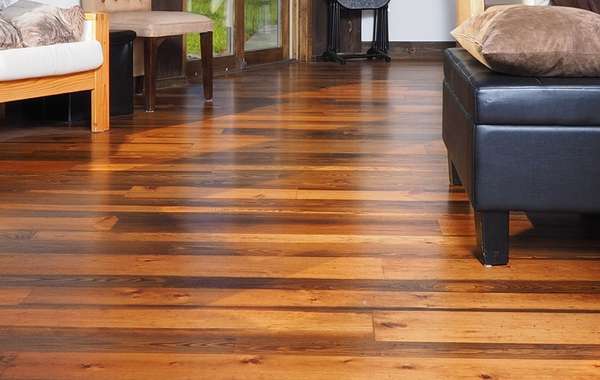

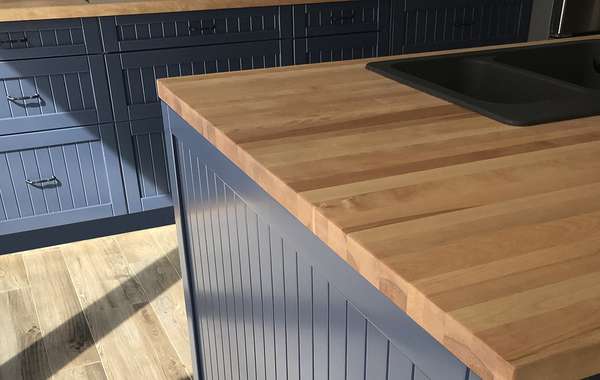
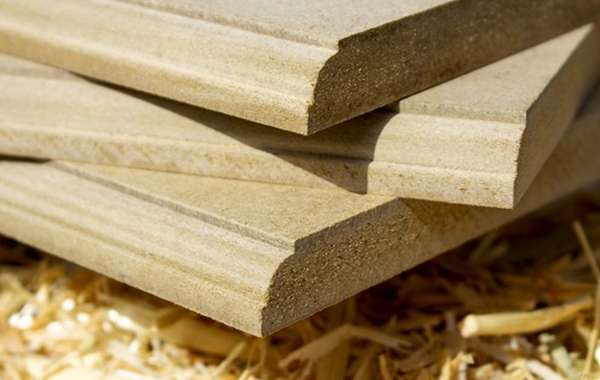
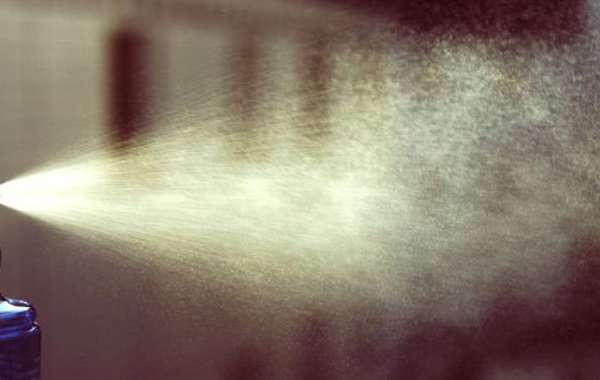
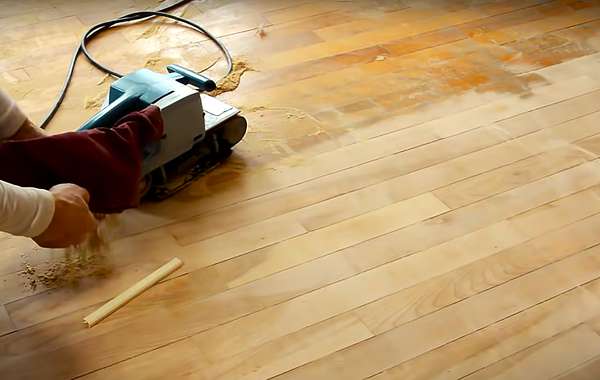
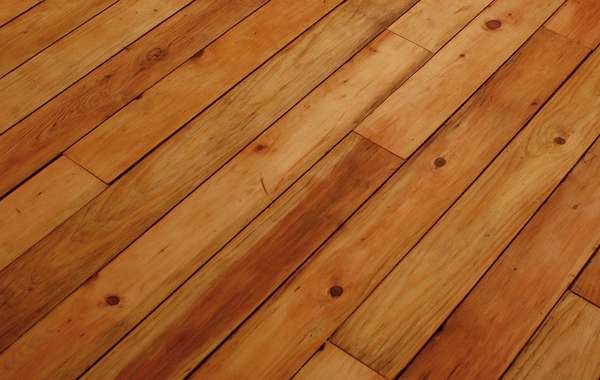
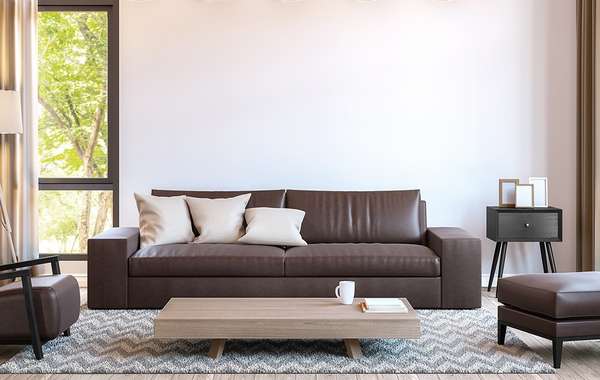


Comments (0)
Sign Up to Comment